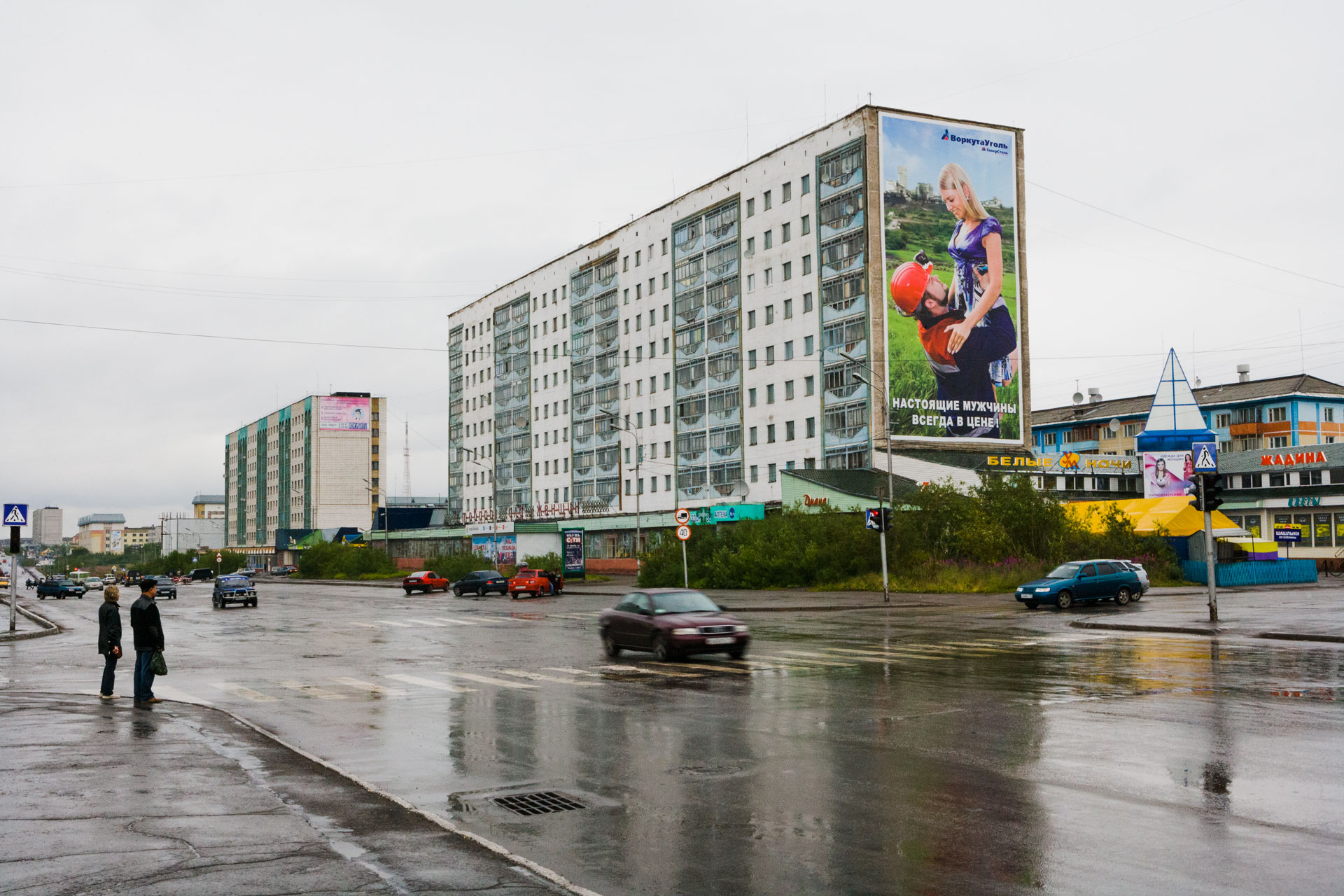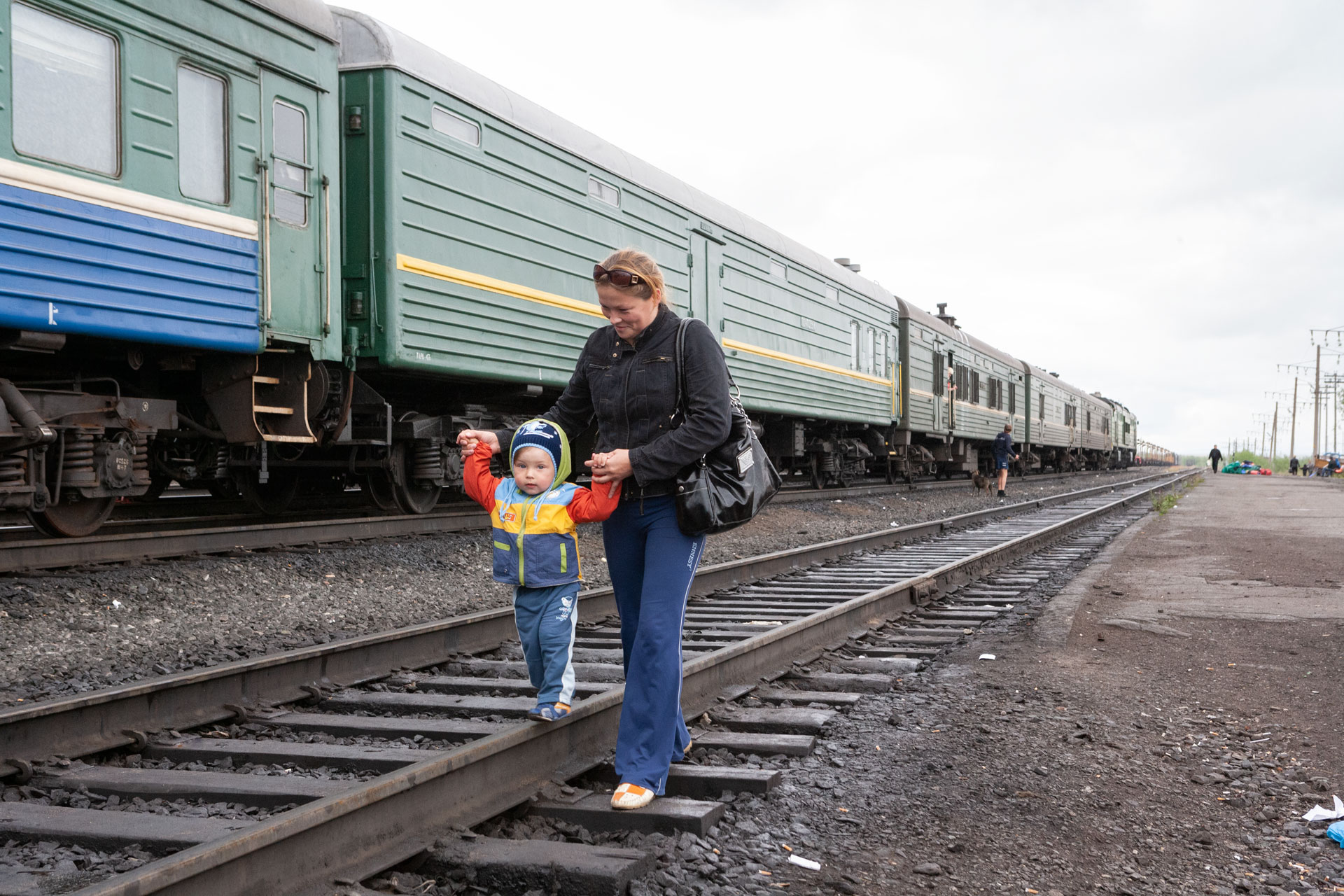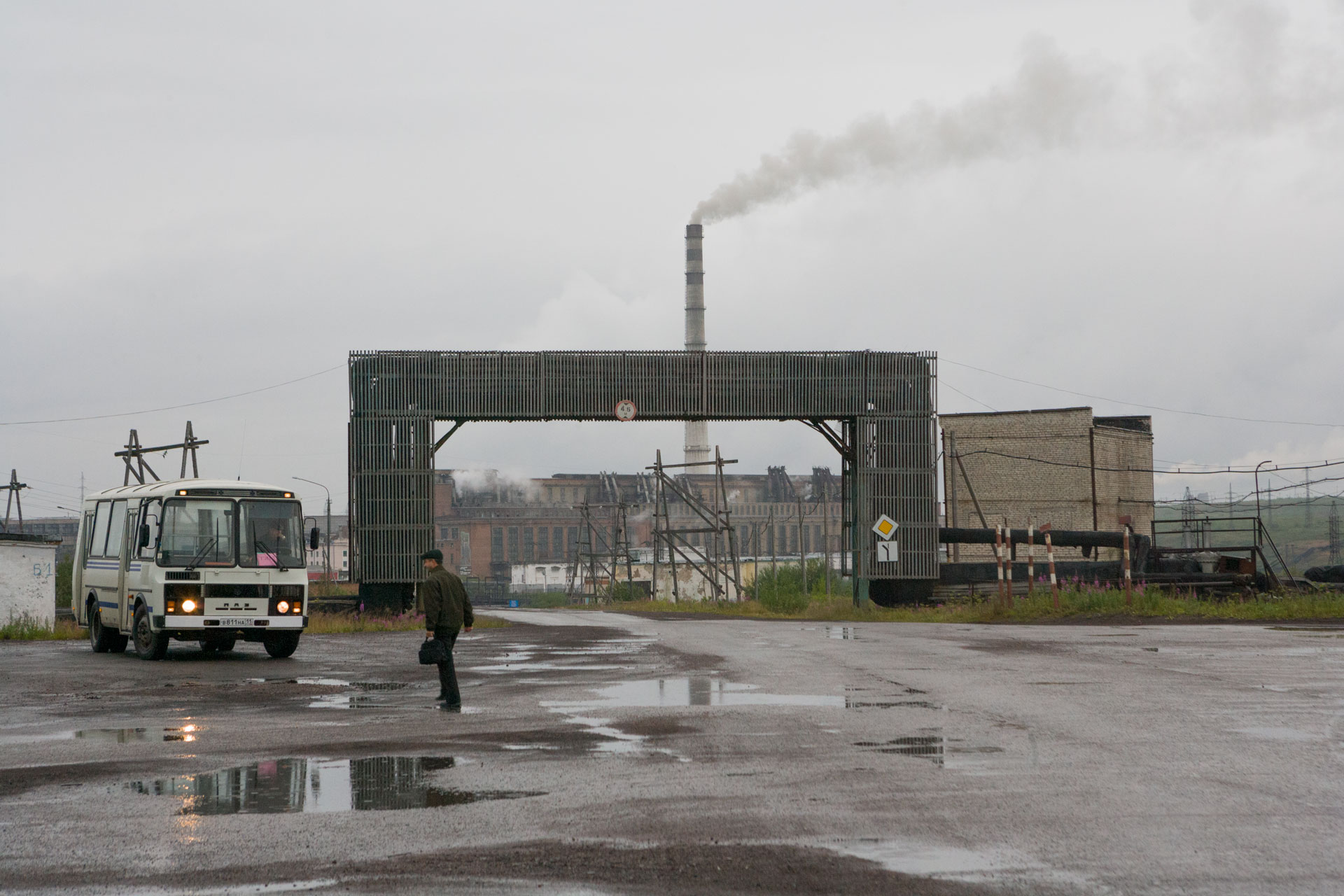

POPULATION
1989 – 115,646
2010 – 70,548
2018 – 56,088 est.
INDUSTRY
-
Coal mining
MAIN OPERATOR
-
Vorkutaugol (owned by Severstal)

[1] Ridgewell, H. (2018) ‘In Russia’s Dying Arctic City, Residents Plea for Putin to Offer Lifeline,’ VOA, 22 March.
Available at: https://www.voanews.com/episode/russias-dying-arctic-city-residents-plea-putin-offer-lifeline-3774751
Accessed: 11 May 2021.
[2] Balmforth, T. (2013) ‘Vorkuta: Gulag is Gone, but a Virtual Prison Has Taken Its Place,’ Radio Free Europe/Radio Liberty, 4 March.
Available at: https://www.rferl.org/a/stalin-gulag-vorkuta/24918538.html
Accessed: 19 March 2021.
[3] Suter, Luis, J. (2019) ‘A Tale of Two Arctic Cities: Vorkuta and Salekhard,’ Focus on Geography.
Available at: http://www.focusongeography.org/publications/articles/suter/index.html
Accessed: 16 March 2021.
[4] Suter.
[5] Luhn, A. (2020) ‘“I am a hostage of the north”: Trapped in a post-Gulag Arctic city,’ The World, 11 March.
Available at: https://www.pri.org/stories/2020-03-11/i-am-hostage-north-trapped-post-gulag-arctic-city
Accessed: 19 March 2021.


